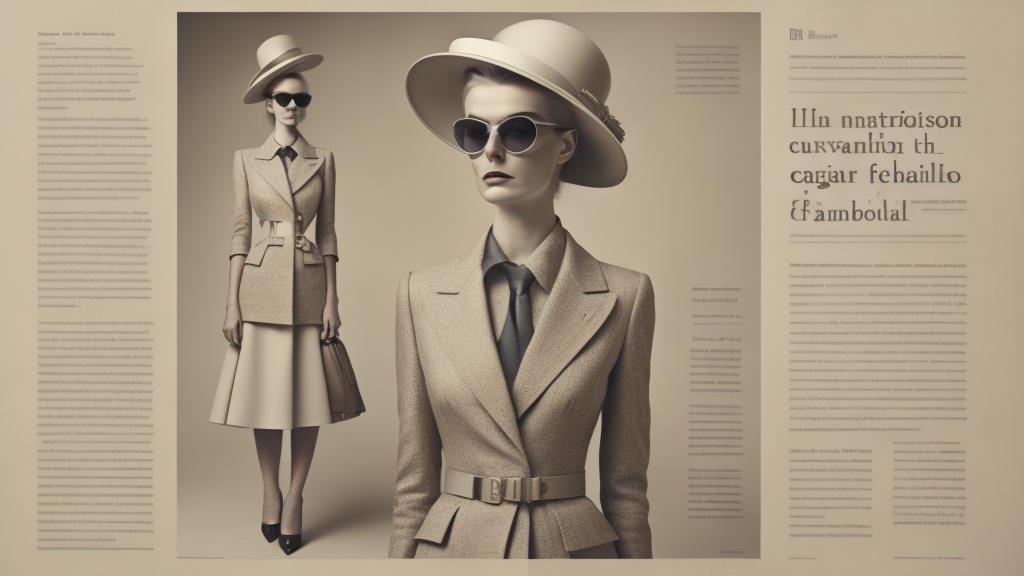In recent years, the fashion industry has seen a remarkable resurgence in vintage styles, bringing yesterday's trends to today’s streets. This is more than a fleeting fad; it's a response to a highly digitized world where originality is difficult to come by, personal style is highly curated, and sustainability is more than just a buzzword.
The revival of retro fashion is driven by an increasing appreciation for styles that have defined past eras. From the glamorous flapper dresses of the 1920s to the rebellious punk streaks of the 1980s, this resurgence is a tribute to individuality and sartorial history. But it’s also informed by a conscious decision among consumers to stand against the fast fashion industry by opting for timeless pieces that tell a story.
Social media platforms have played a key role in this revival. Instagram and TikTok are inundated with influencers showcasing thrifty finds and retro-inspired outfits, creating a visual archive of how to style these old-but-new looks in contemporary settings. Icons like Bella Hadid and Zendaya are frequently seen in pieces that reference or revive retro styles, further fueling mainstream interest.
Additionally, the luxury fashion houses are increasingly turning to their archives for inspiration. Gucci’s nostalgic approach, under the direction of Alessandro Michele, has reimagined 70s glamour in a modern light. Other brands like Prada and Saint Laurent have similarly dabbled in their rich histories to produce collections that resonate with both modern aesthetics and vintage spirit.
Sustainability is another driving force behind this burgeoning trend. While the fashion industry is notorious for perpetuating wastefulness, the demand for vintage clothing is creating a cycle of reuse that reduces the industry's carbon footprint. Shopping vintage not only appeals to the sustainable ethos of many consumers today but also offers a unique opportunity to own pieces that are not mass-produced, thus maintaining exclusivity.
Moreover, the community aspect of vintage shopping can't be overlooked. Thrifting and visiting consignment stores have become communal activities, promoting a sense of camaraderie among fashion enthusiasts. These spaces have slowly transformed into hubs of creativity and exchange where shoppers can explore various styles and eras under one roof.
Interestingly, the integration of technology into vintage shopping is further encouraging its popularity. Online marketplaces such as Depop and Vestiaire Collective are capitalizing on this burgeoning interest by offering curated collections that transcend geographical limits. These platforms have distilled the thrill of finding unique vintage pieces without the need to physically comb through stores—perfect for time-strapped fashion lovers.
As vintage continues to infiltrate mainstream fashion conversations, it brings with it promises of variety and depth that are absent in the homogeneous world of fast fashion. This evolving trend underscores a cultural yearning for authenticity, connection, and sustainability. It not only celebrates the cyclical nature of fashion but also hints at a potential shift in consumer priorities.
In conclusion, the vintage revival is more than just a passing trend; it's a form of cultural commentary. It reflects our desire to reconnect with the past, embrace sustainable practices, and showcase individuality in an era where algorithms often dictate personal style. Vintage fashion is here to stay, influencing not just how we dress, but how we think about consumption and the environment.
The evolution of vintage fashion: Why retro is the new modern

